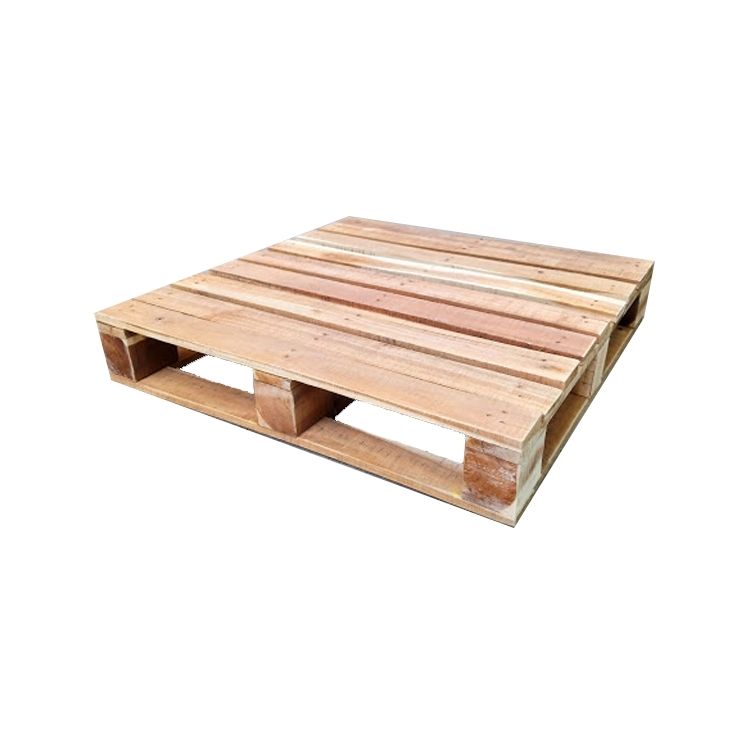Strapping is the process of using a metal or a plastic strap to fuse or bundle products together. The plastic strap is used in a variety of industries, from transporting large industrial equipment and lumber to reinforcing crates in workshops. Strapping is applied manually with a hand tool or automatically with a strapping machine. Strapping materials are available in various strengths with specific grades and grades. It is important to understand these grades and how they are used to avoid compromising the quality of your goods.
Important characteristics of plastic strap
With so many different applications and uses, it is important to understand the different types of strapping materials. The materials used have a wide range of durability levels as well as elongation and recovery rates.
Elongation and recovery are important for loads prone to sudden shifts. The movement will put tension on the plastic belt as the load changes. As displacement occurs, the belt can stretch to reduce the effects of sudden changes in inertia. The resilience of the straps will indicate their ability to return to their original state.
Elongation refers to the belt’s ability to stretch and bend. This can be important because the stretch and rebound ability of the belt can help improve the strength of the belt during initial tension.
Types of plastic strap and their uses
Composite straps

Composite straps are a very popular plastic strapping material and are considered the best plastic belts available today. Its strength and durability have made it the most commonly used material to replace steel straps. Composite belts are designed for extreme tasks that require heavy or very heavy-duty belts. Composite straps are the ultimate solution for packing industrial equipment, heavy construction materials, and transporting steel coils.
Features and benefits of composite straps:
- Large load
- High strength
- High elongation
- UV resistant
- Extremely durable
- No sharp edges.
The composite straps are manually applied with a steel beetle, then the belt oils are bent around the belt buckle and tightened with a belt tensioner. The excess straps are then cut and processed.
PET Plastic Straps

PET plastic strapping material is made from PolyEthylene Terephthalate of the polyester family. PET straps have lower strength than composite straps. PET strapping is ideal for products such as paper, lumber, and pallet reinforcement…
The plastic strapping material can be applied manually using the strapping tool. Or can be operated automatically by a belt-tightening machine.
Features and benefits of PET straps:
- Strength ranked 2nd in 3 types of plastic belts: composite, PET, and PP
- High degree of tension
- Great elongation
- High resilience
- No sharp edges.
PET straps are ideal for:
- Medium to heavy loads such as building materials
- Loads may settle, expand or contract during transportation
- Loads susceptible to impact or environmental changes such as ships
Polypropylene (PP) Straps

Polypropylene strapping is the cheapest strapping material compared to other materials. It is designed for stowing, stacking, and bundling light to medium loads. Consistent pressure on polypropylene belts can lead to irreversible tension and failure to return to the original length.
Similar to PET straps, PP straps can be manually tightened using the belt tensioner and belt buckle. Or can be operated automatically by a belt-tightening machine.
Features and benefits of Polypropylene straps:
- Save the highest elongation
- Low resilience
- Low intensity
Polypropylene straps are ideal for:
- Light to medium loads
- Transport trip in a short time
- The load is protected from environmental conditions.
Although they are the same plastic material, the characteristics and purposes of each type are different. Therefore, users need to consider the elongation, tensile strength, and resilience characteristics of each belt to effectively apply it to their packaging operations.




















